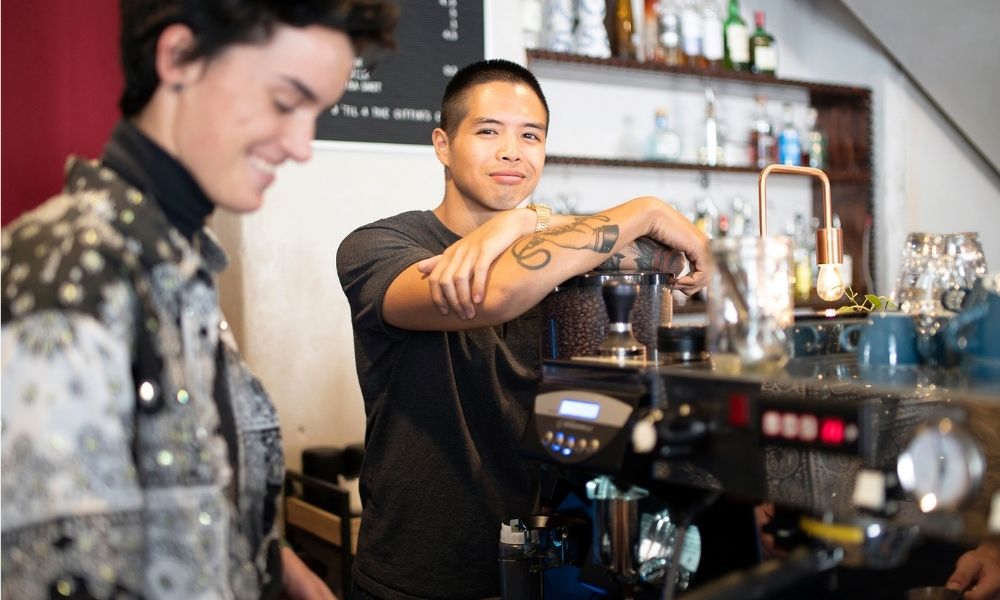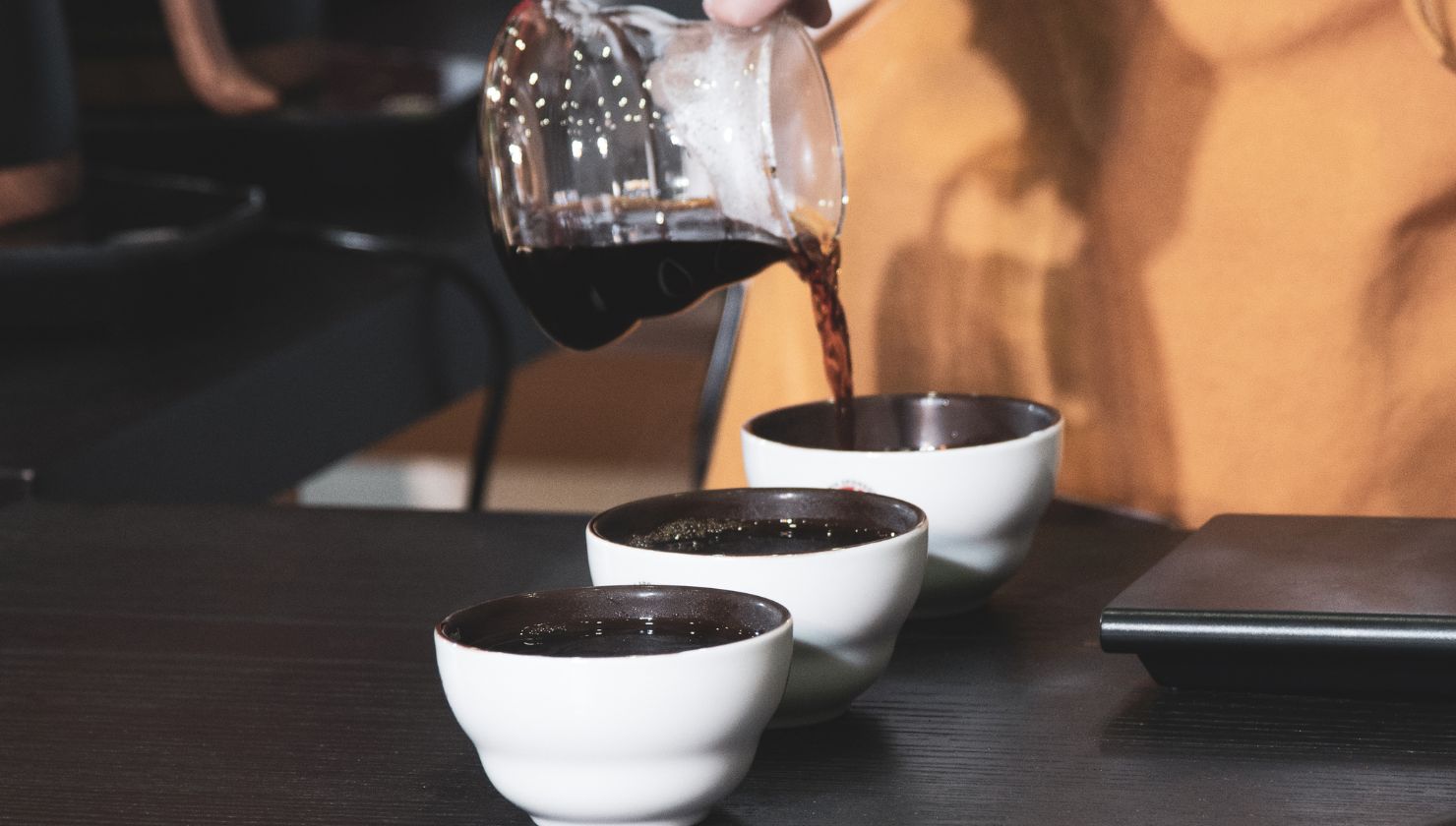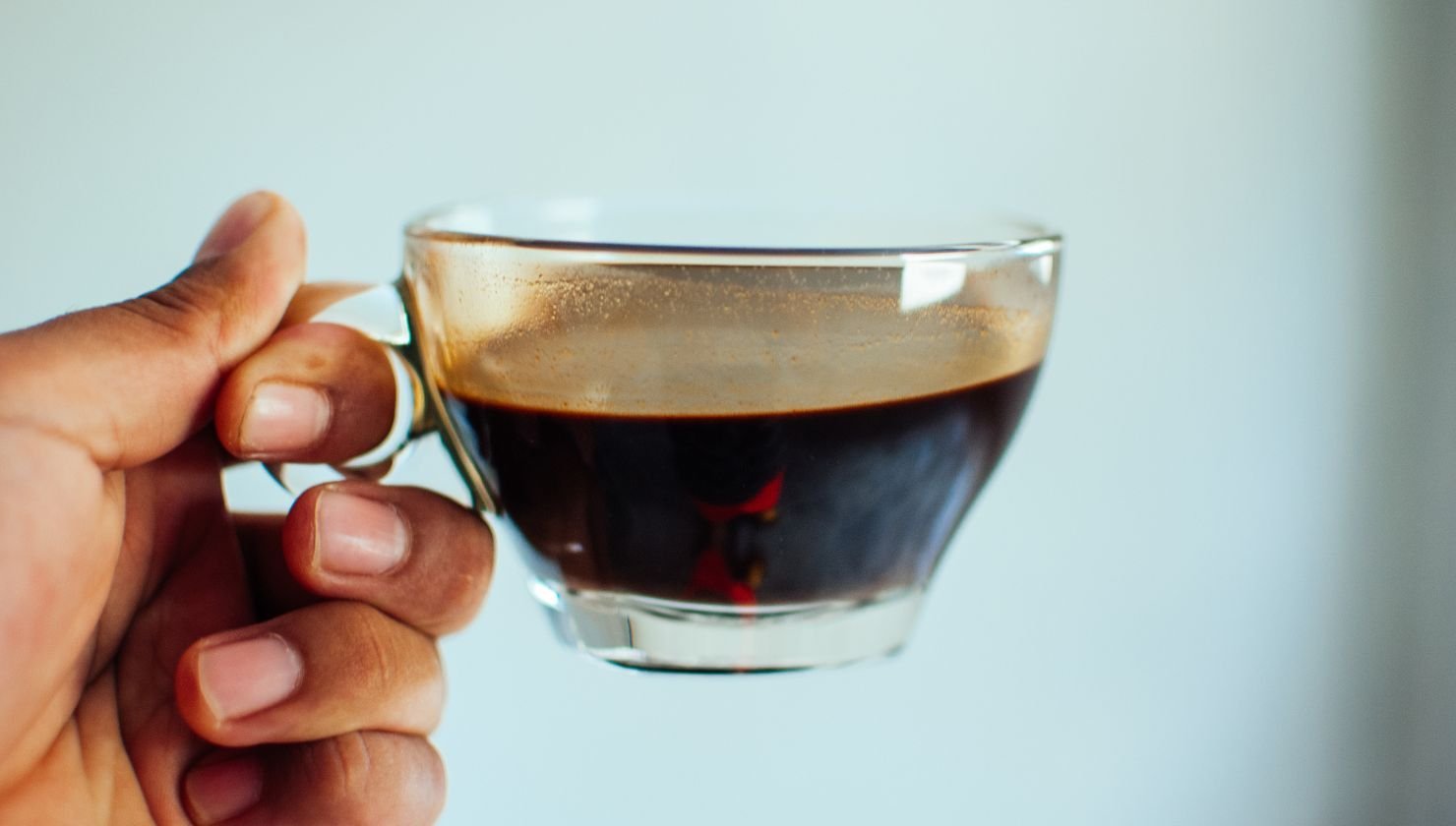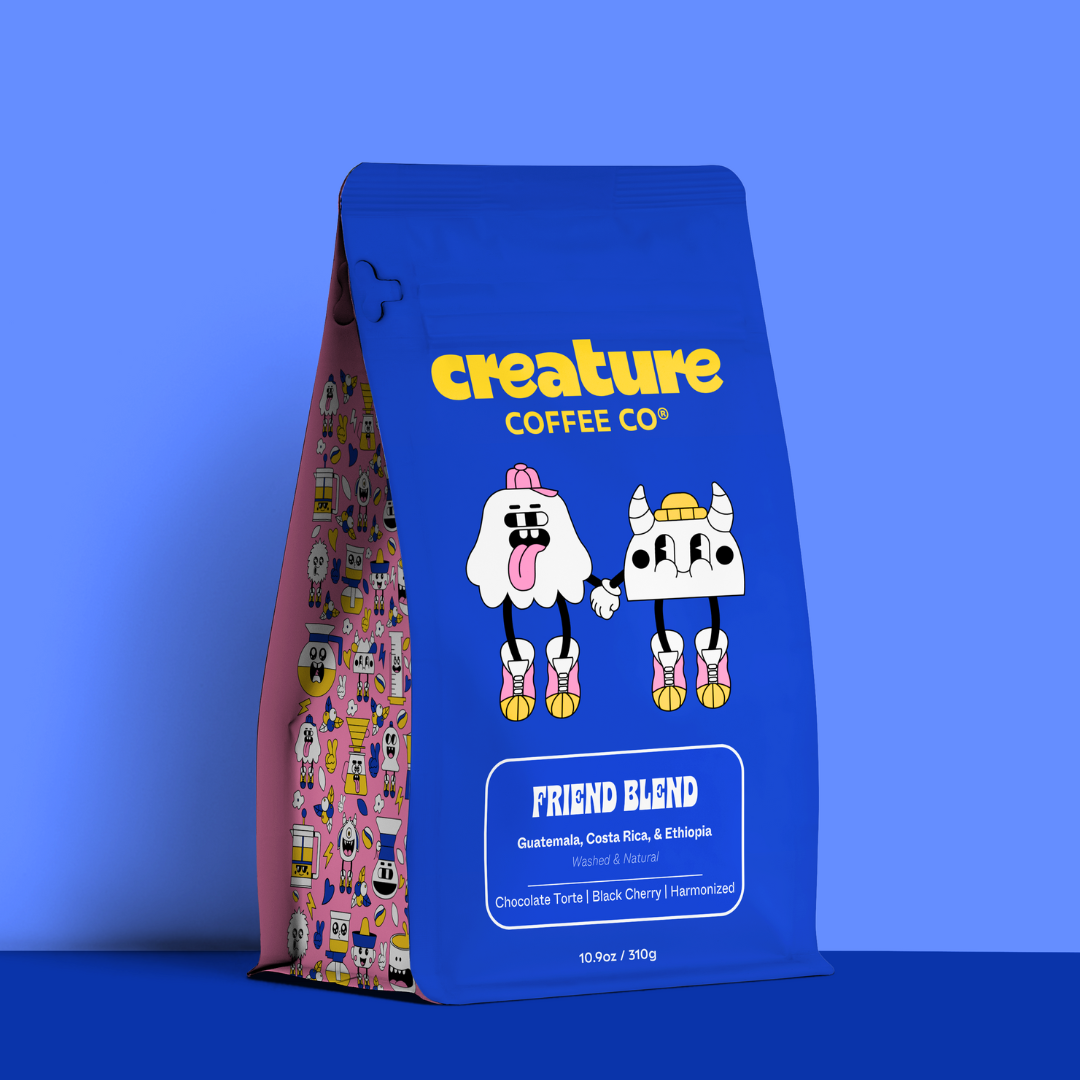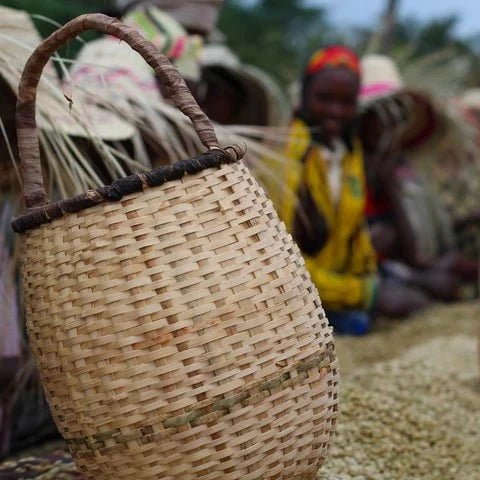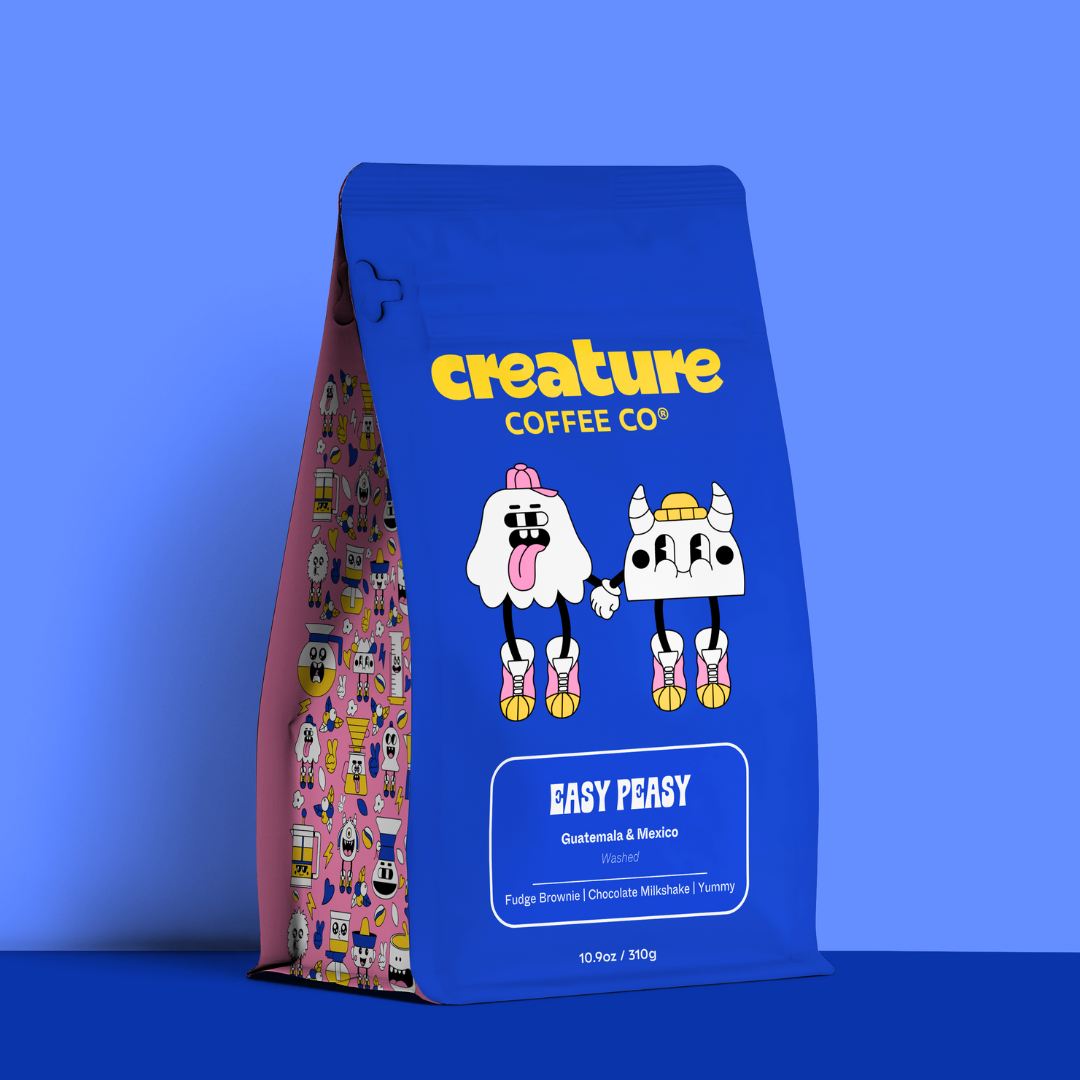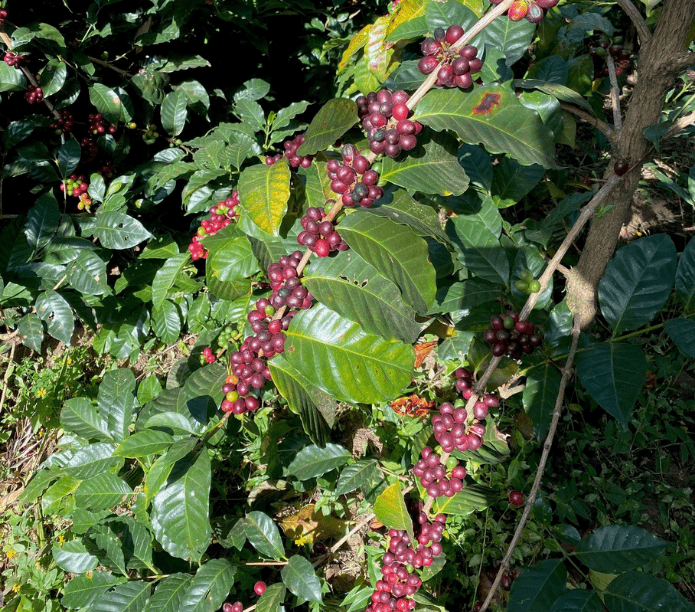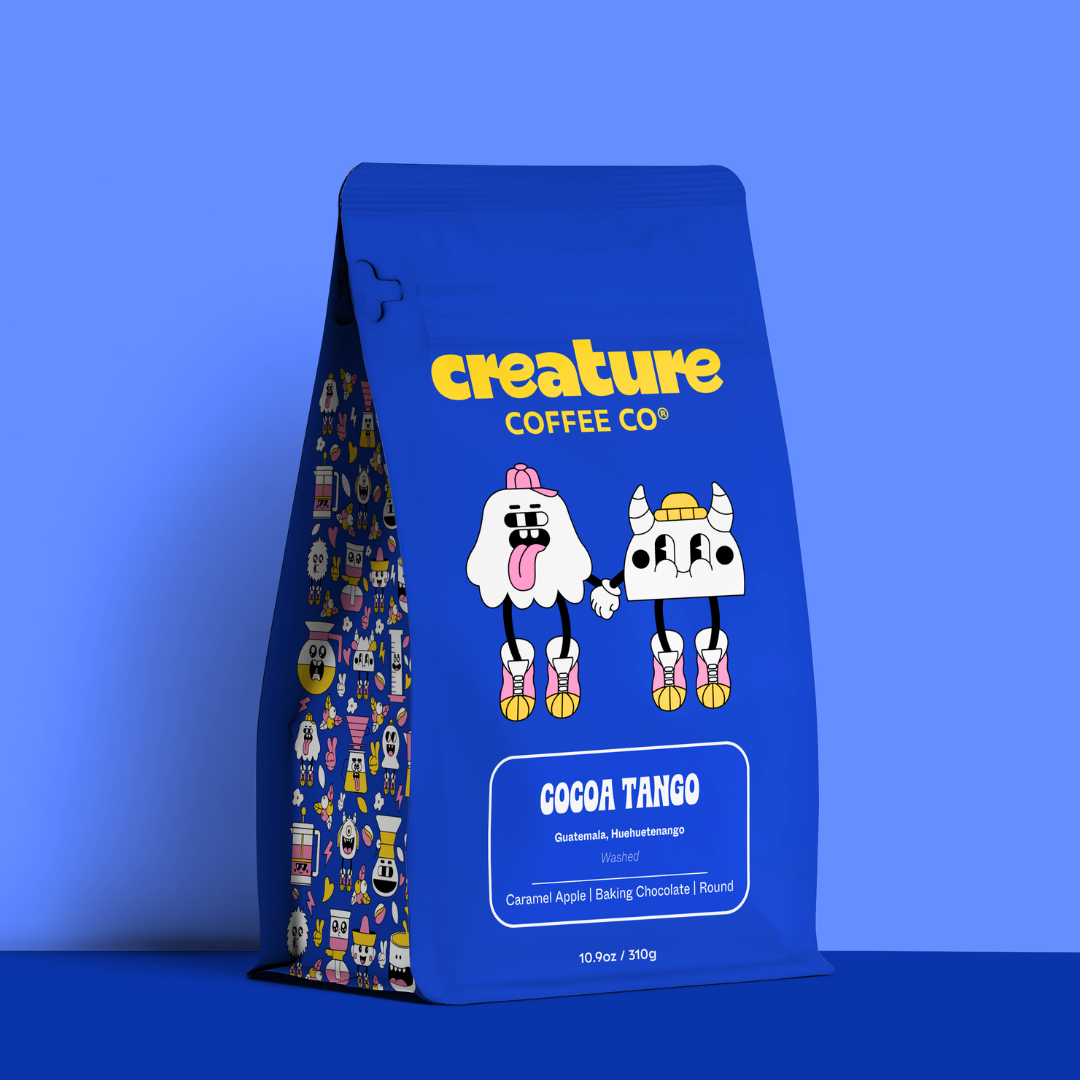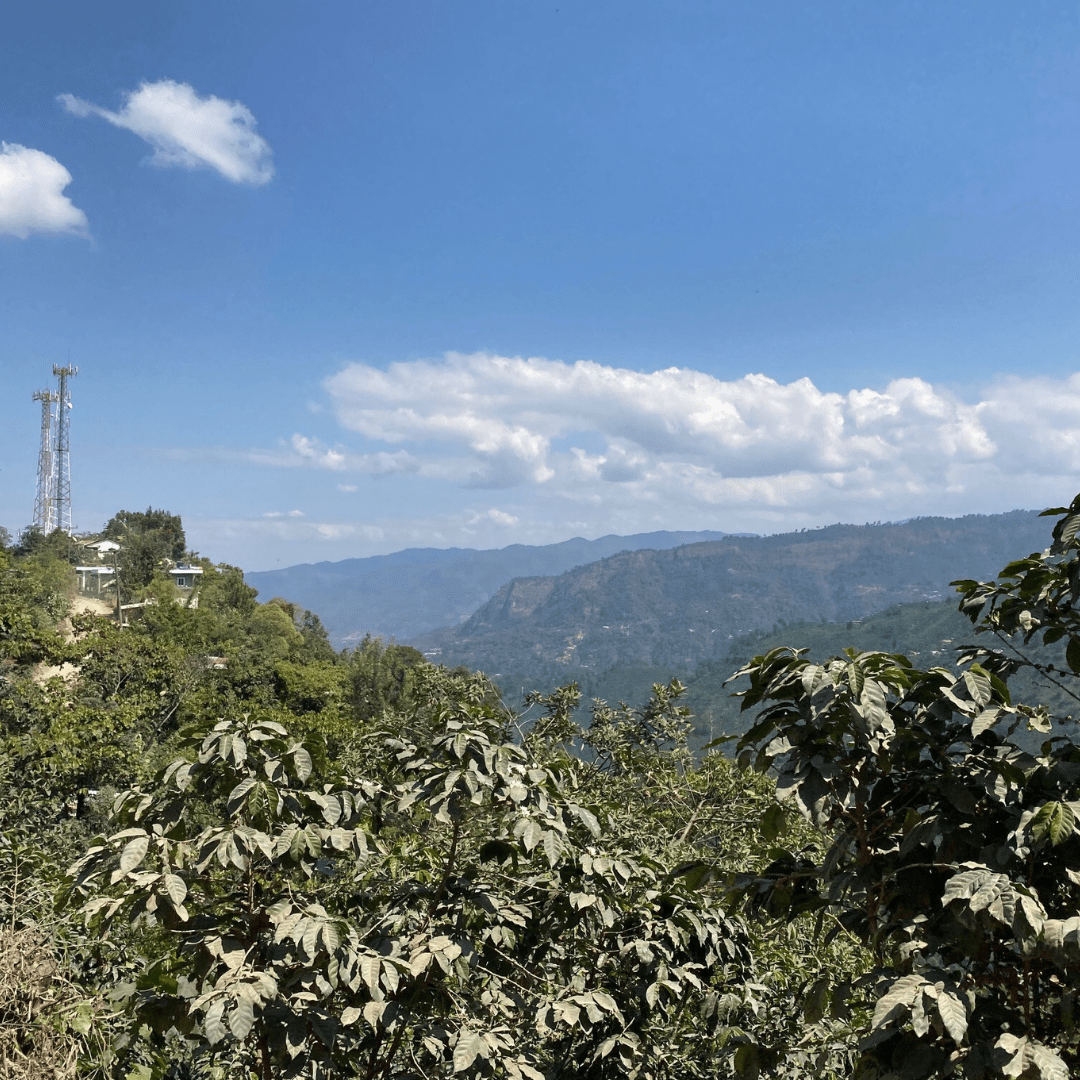I Judged Brewer’s Cup Qualifiers - Here’s What You Should Know
Hey there, I’m Bud! I’m the Director of Coffee here at Creature. I’ve been in the specialty coffee industry since spring of 2014. I’ve been a barista at all of your favorite cafes across Texas, once won a Curtis Gold Cup brewer at a latte art throwdown, and have now had my mitts all over the US Coffee Competitions circuit, both as a Barista competition competitor and now Brewer’s Cup judge.

I spent the last weekend of January in Baltimore, Maryland with some of the best tasters on this side of the world: head roasters from acclaimed shops along the eastern seaboard, Colombian coffee importers, quality control experts, and educators for some of the industry’s biggest brands (just to name a few). And sure, these are amazing professionals that anyone would be lucky to work with, but in true Creature fashion, I am walking away calling these people my friends.
On the other side of this recent qualifier competition, I want to share my insider knowledge into the Brewer’s Cup experience, from how we judge the way coffee is brewed to how a cup of coffee is scored. (Spoiler alert: there’s a lot you can learn from the judging process about making a great cup of coffee at home!)

What is Brewer’s Cup?
Brewer’s Cup is my favorite. It is poetic, precise, and it requires technical know-how and problem-solving skills.
How is Brewer’s Cup Scored?
In order to be a successful Brewer’s Cup competitor you must score well in both the Open Service and Compulsory rounds.
In Open Service, Brewers have 10 minutes to brew any coffee on any brew method, present three distinct (separate) cups and describe a singular experience to the judges.
In Compulsory, every competitor brews the same coffee. They may again use any brew method to present three distinct beverages but this time they have an uninterrupted 45 minutes, 38 to figure out how they want to brew it, then immediately into 7 minutes of brewing for the judges’ cups.

Three seems like a strange amount of beverages to prepare, doesn’t it? Why not just one big batch, right? Simply, there is a rule that prohibits the service of a split beverage. Besides, anyone (okay, not anyone) can make a single cup of coffee good, but whether or not you can replicate it is the true test of skill. Each judge is served a distinct brew, if one brew is technically different, there is a head judge to note it, and it almost always shows itself on the scoresheets.
Judging Brewer’s Cup
Judges Calibration Day is fully nine hours of drinking coffee. We convene in Hall D of the Baltimore Convention Center, which looks more like a beautiful brutalist bomb shelter than anything else. There are about a dozen of us who will be serving as the sensory judges this weekend, along with three Head Judges who are ready to lead us through multiple rounds of tasting and describing our experiences on practice scoresheets, comment calibrating, and mock services right at 8:30am.
What Does the Coffee Smell Like?
The first attribute we assess is aroma. This is the scent that comes off those beautiful wisps of steam that emanate from your carafe right after you remove the brewer. Next time you brew a cup of coffee at home, stick your nose right in the carafe and notice what you smell. Does your brew smell just like milk chocolate and blueberries or is it vaguely sweet and berry-like? Quality and intensity of attributes are just as important as the attributes themselves.
What Does the Coffee Taste Like?
After aroma, we move on to taste. Brewer’s Cup Judges assess multiple attributes in the brew across its full temperature range, noting changes in flavor, acidity, aftertaste, body, and balance as the cup changes from hot (70ºC) to warm (40ºC) to cold (25ºC). Finally, we evaluate the brew for its “overall” quality, which takes into account pretty much every part of the tasting experience and assigns it a score.
If this were the Compulsory round, our evaluation would stop here; however, for Open Service, we still are left to assess Taste Description, or the Brewer’s ability to accurately describe the flavor and tactile experience, and Customer Service, which I probably don’t have to explain to you.
Scoring The Coffees
During Calibration, which also takes place for 1.5 hours each morning of competition, judges are constantly tasting, evaluating, and describing their experiences. Head Judges keep track of everyone’s numerical scores from cup to cup and if a judge is out of calibration, say scoring outside a range of .5 points than the rest of the group, then the Head Judge reins them in, having them describe their experience with language and then adjusting score or comment based on that.
The scores we assign are as follows: 6.00 Good, 7.00 Very Good, 8.00 Excellent, 9.00 Extraordinary, and finally 10.00, which is basically perfect. If you say something is “very good” but have given it a score of 8.5, then either the language you use should change, or the score should. This is comment calibration.

On Judging Fairly
As Judges, we are asked to check our biases at the door, whether they be about the people brewing the coffee, the origin or processing method of the coffee, or even particular attributes of the scoresheet, like aftertaste or acidity. Both preferences toward and against different facets of the competition can make room for unfairness to prevail.
What’s Next?
The second Brewer’s Cup qualifier will take place in Denver, Colorado on March 3-5, 2023 where 12 more competitors will move onto the Nationals stage at the Specialty Coffee Expo in Portland, Oregon on April 21-23, 2023. I will be at both events, so if you see me highly-caffeinated and bopping around, come say hey, and I’ll give you some stickers!

